A projector bulb, otherwise known as a projector lamp, forms the heart of any projector. Its primary role is to generate the light that is necessary for projecting images onto a screen or any suitable flat surface. Just as the human heart pumps life-sustaining blood to all body parts, a projector bulb pumps light to all pixels, bringing images to life. How long do projector bulbs Last can significantly vary, largely depending on the bulb’s type, its usage conditions, and how well it is cared for.
Projector bulbs play a critical role across diverse domains, such as education, business, and entertainment. They serve as essential tools for teaching and learning in classrooms, helping to present complex concepts visually. In the corporate world, they facilitate presentations, enabling better communication and comprehension. For entertainment, projector bulbs illuminate movie screens in theaters and at home, enhancing the overall viewing experience.
Projector bulbs come in different types, each based on a different technology. The common ones include LCD (Liquid Crystal Display), DLP (Digital Light Processing), LED (Light Emitting Diode), and Laser bulbs. While LCD and DLP bulbs typically use a high-intensity ultra-high-performance (UHP) or metal halide lamp, LED and Laser types employ solid-state light sources, thus drastically differing in their lifespans and performance characteristics.
Lifespan of Different Types of Projector Bulbs
How long projector bulbs last depends significantly on their type. Halogen bulbs, for instance, are commonly found in older projector models and typically last for about 2,000 hours. LED bulbs, on the other hand, have a considerably longer lifespan, usually up to 20,000 hours, due to their solid-state construction, which generates less heat and thereby reduces wear. Similarly, laser bulbs are noted for their exceptional longevity, often exceeding 20,000 hours, due to the absence of a physical filament that can burn out.
The lifespan of a DLP projector bulb largely depends on its usage and the power setting of the projector. A DLP projector bulb has an average lifespan of about 2,000 to 5,000 hours. However, using the projector in eco-mode can extend its lifespan up to 7,000 or even 10,000 hours.
The technology behind each bulb type has its unique advantages and limitations. Halogen bulbs, despite their short lifespan, are lauded for their high color rendering index (CRI), delivering vibrant and realistic colors. LEDs, while being energy-efficient and longer-lasting, sometimes compromise the color depth and brightness. Laser technology, although the most advanced and long-lasting, is usually more expensive, which can be a limiting factor for many consumers. In DLP projectors, the light source is typically an ultra-high-performance (UHP) or metal halide lamp. These projectors typically have a high contrast ratio, meaning they can display very dark blacks and very bright whites, leading to a vibrant and crisp image.
Factors Influencing the Lifespan of Projector Bulbs
Numerous variables influence how long do projector bulbs last, including the bulb type, usage patterns, and manufacturer specifications. The bulb type, as mentioned earlier, plays a decisive role in determining how long a bulb will last. Usage patterns, specifically the frequency and duration of usage, also affect bulb longevity. For instance, frequently switching a projector on and off can reduce the lifespan of a halogen or UHP bulb, as it causes stress to the lamp filament. On the other hand, manufacturer specifications provide guidelines about the expected lifespan under typical usage conditions.
Other critical factors affecting bulb lifespan include power settings, cleaning and maintenance practices, ventilation, and the operating environment. Operating a projector on high power or brightness settings can generate excess heat, thereby reducing the bulb’s lifespan. Similarly, a lack of regular cleaning can lead to dust accumulation, which can block ventilation and result in overheating. A projector used in a hot and dusty environment will likely have a shorter bulb lifespan compared to one used in a cool, clean environment.
Signs of a Failing Projector Bulb and Tips for Extending Lifespan
Just like any electronic equipment, projector bulbs show signs of impending failure. Changes in brightness, color shifts, flickering, and unexpected shutdowns are common symptoms of a failing or near-end-life projector bulb.
The lifespan of projector bulbs can be extended through proper maintenance and optimal usage practices. Cleaning the projector regularly, ensuring good ventilation, and using lower brightness settings when possible can significantly prolong the bulb’s life. A stable operating environment with controlled temperature and humidity also contributes to longer bulb longevity.
Replacing a Projector Bulb and Cost Implications
When it comes to replacing a projector bulb, there are a few precautions to ensure maximum lifespan for the new bulb. First, it’s advisable to let the projector cool down before replacing the bulb to avoid burns or other damage. Second, touching the new bulb with bare hands should be avoided, as the oil from the skin can leave a residue, which can potentially shorten the bulb’s lifespan.
Frequent bulb replacements can be costly, especially for high-end projector models. Therefore, strategies to mitigate these costs include opting for projectors with longer-lasting bulbs, such as LED or laser, and implementing the lifespan-extending practices mentioned earlier.
Common Misconceptions and Myths
Contrary to popular belief, using a projector on its brightest setting doesn’t necessarily mean better image quality. In fact, it often results in excessive heat production, thereby shortening the bulb’s lifespan. Another myth is that keeping a projector running continuously extends bulb life. However, extended use causes wear and tear, reducing the overall lifespan.
Emerging Technology and Innovations
In the realm of projector technology, ongoing innovations aim to increase bulb longevity. For instance, hybrid models combining LED and laser technology offer the advantages of both, promising high brightness, excellent color reproduction, and extended lifespan. Moreover, advancements in cooling and power management technologies also contribute to prolonging bulb life.
Tips and Best Practices
Prolonging the lifespan of projector bulbs boils down to regular maintenance, optimal usage habits, and choosing the right bulb type for one’s needs. Regular cleaning, ensuring proper ventilation, and using eco-mode or lower brightness settings are effective strategies. Moreover, letting the projector cool down before switching off can reduce thermal stress, thereby extending the bulb’s life.
While the lifespan of projector bulbs is dependent on numerous factors, understanding these variables and implementing proactive maintenance and usage practices can contribute significantly to extending bulb longevity.
References:
(1) Sasaki, Y., & Yamamoto, H. (2019). Hybrid Light Source Projector. US Patent No. 10,155,948. U.S. Patent and Trademark Office.
FAQ
Q. What is a projector Lamps?
A: A projector bulb, also known as a projector lamp, is the light source within a projector that illuminates the images onto a screen or a flat surface.
Q. How long do projector lamps last?
A: The lifespan of a projector bulb depends on its type. Traditional halogen bulbs usually last about 2,000 hours, while LED and laser bulbs can last up to 20,000 hours or more.
Q. What factors influence the lifespan of a projector bulb?
A: Several factors can influence the lifespan of a projector bulb, including the bulb type, frequency of use, power settings, cleaning and maintenance practices, ventilation, and the operating environment.
Q. How can I tell if my projector lamps are failing?
A: Common signs of a failing projector bulb include changes in brightness, color shifts, flickering, and unexpected shutdowns.
Q. How can I extend the lifespan of my projector lamps?
You can extend the lifespan of your projector bulb by regularly cleaning the projector, ensuring good ventilation, using lower brightness settings when possible, and maintaining a stable operating environment with controlled temperature and humidity.
Q. How do I replace projector Lamps?
A: Before replacing a projector bulb, let the projector cool down to avoid burns. Avoid touching the new bulb with bare hands, as the oil from your skin can shorten the bulb’s lifespan. Follow the manufacturer’s instructions for bulb replacement.

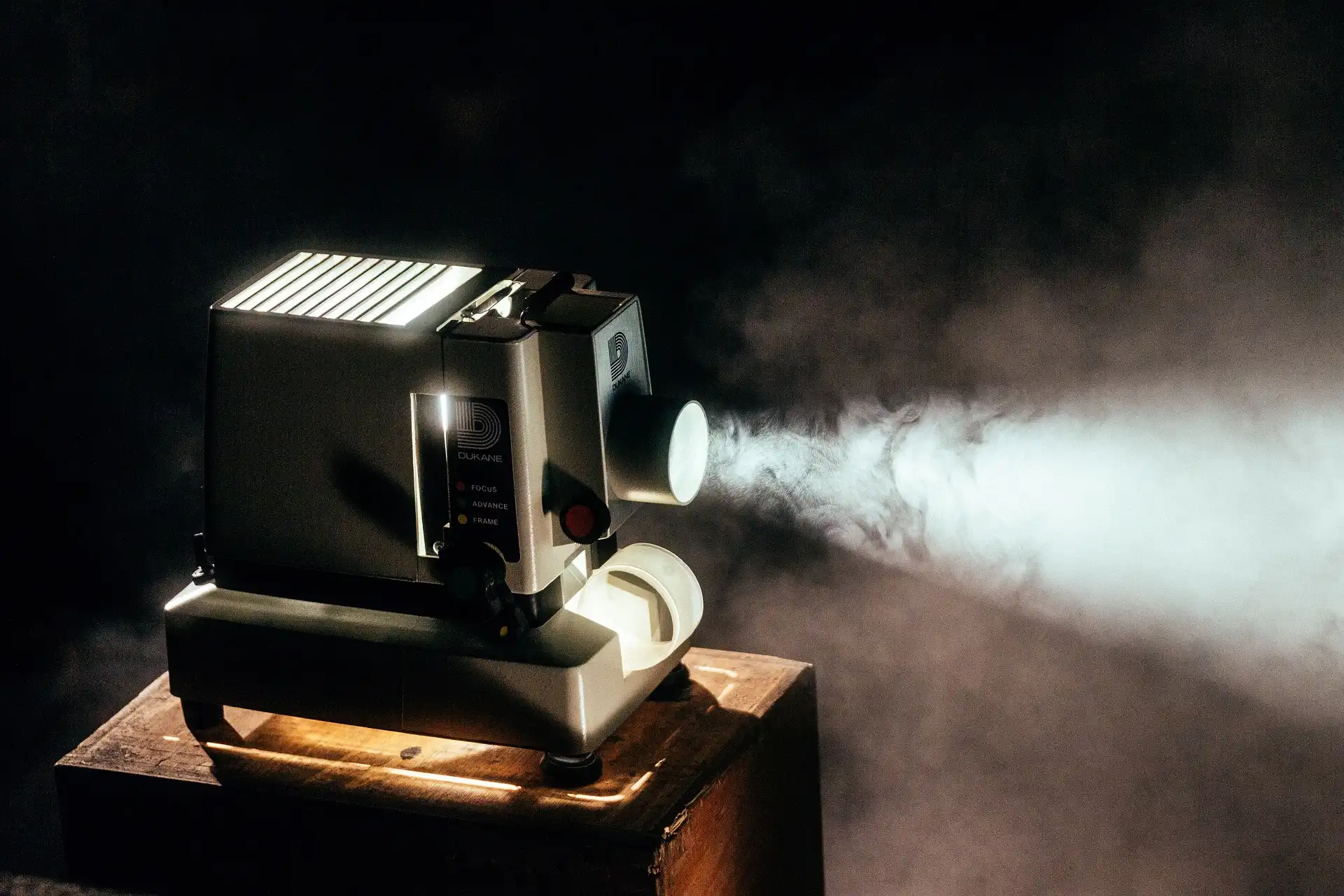
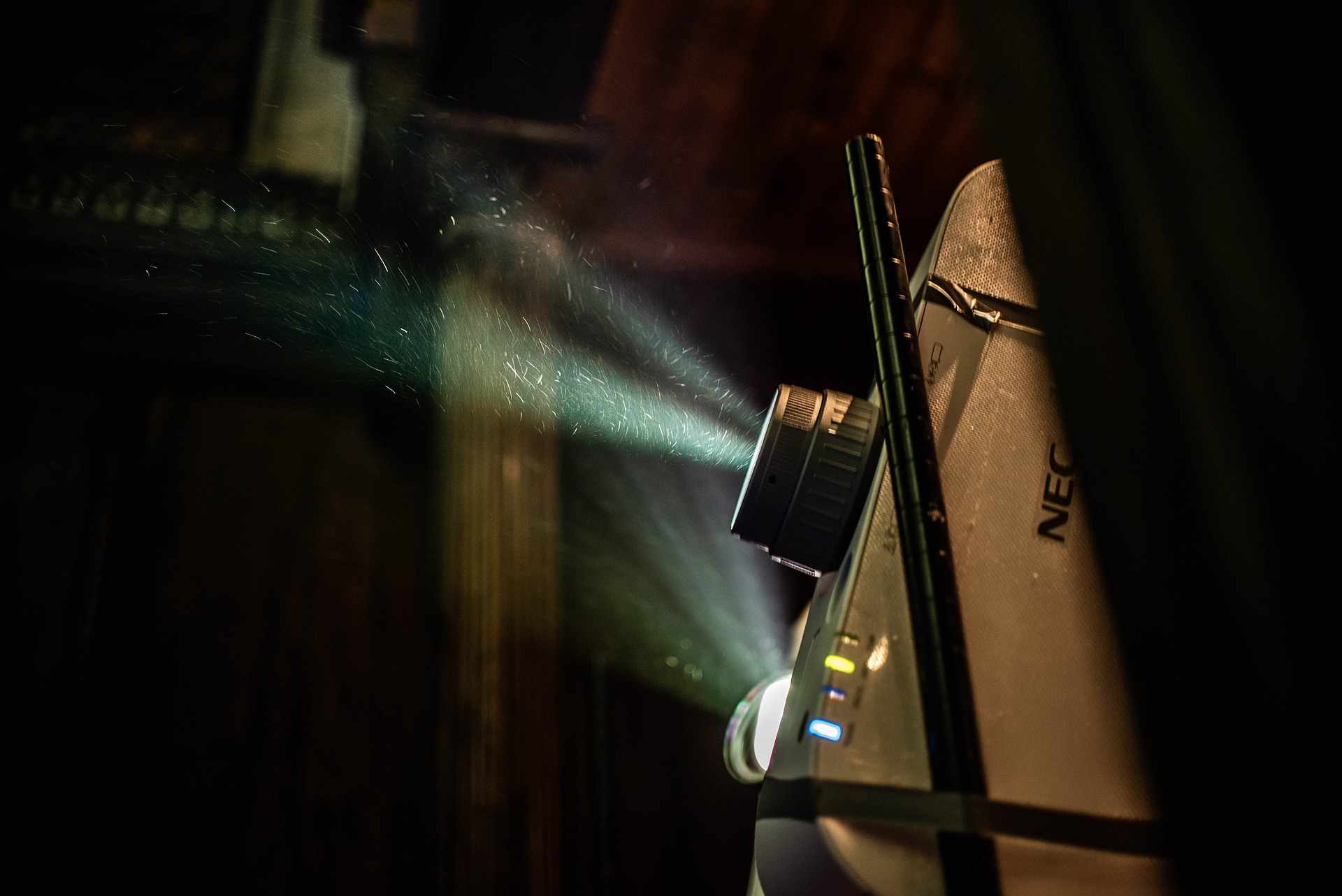
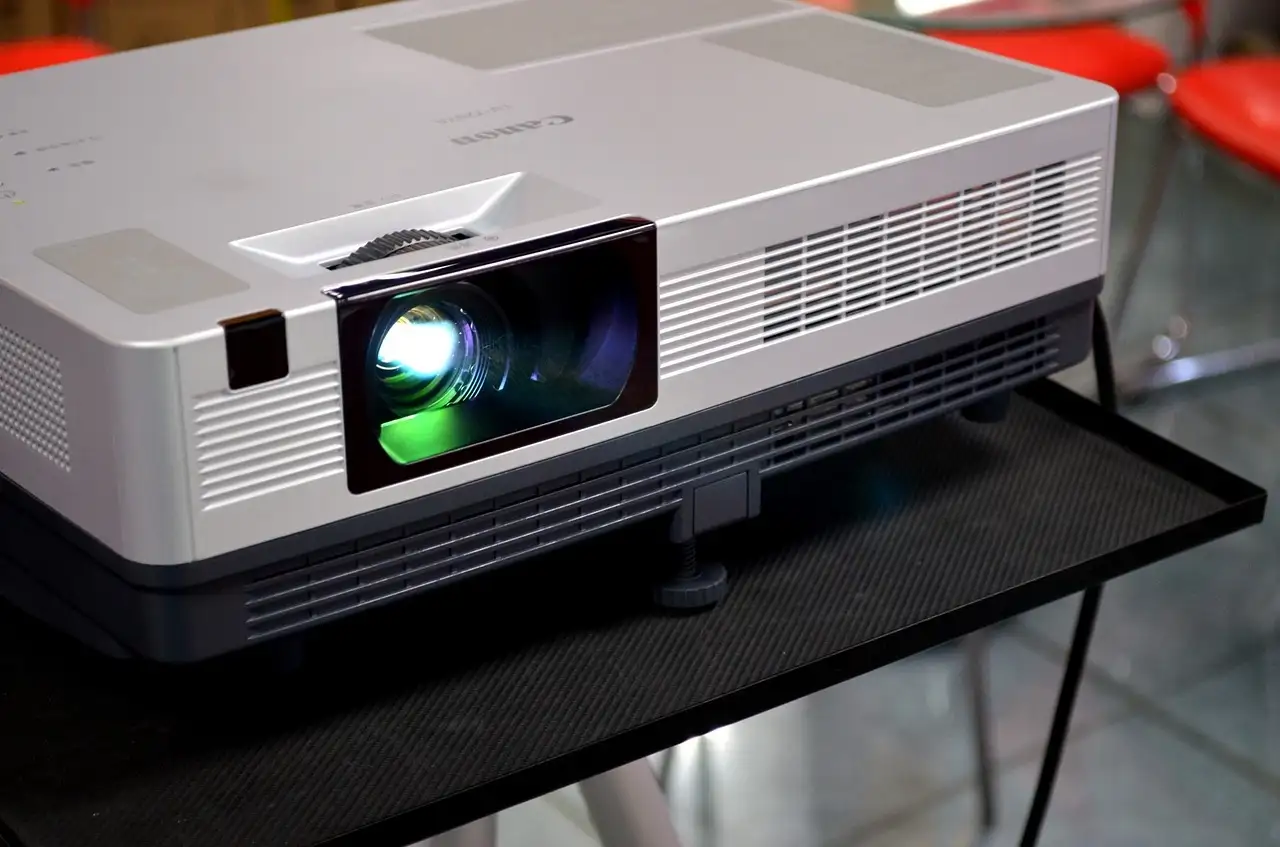
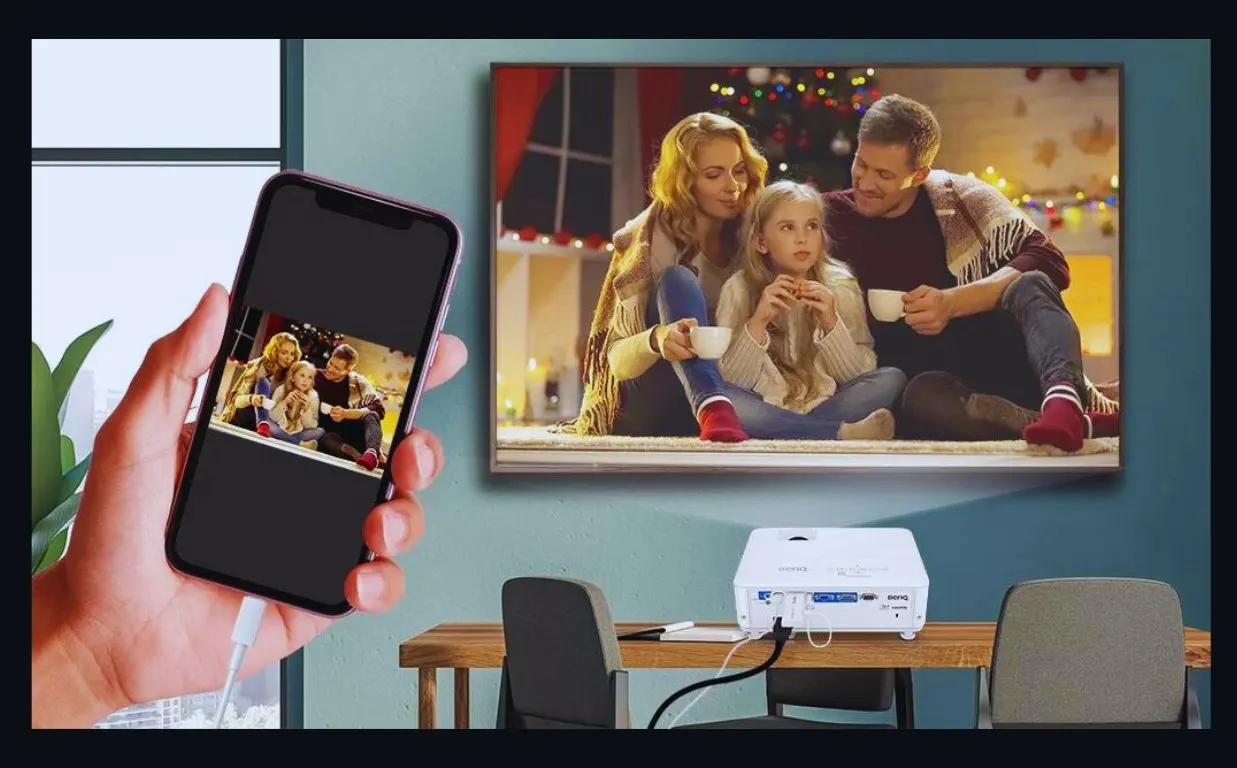

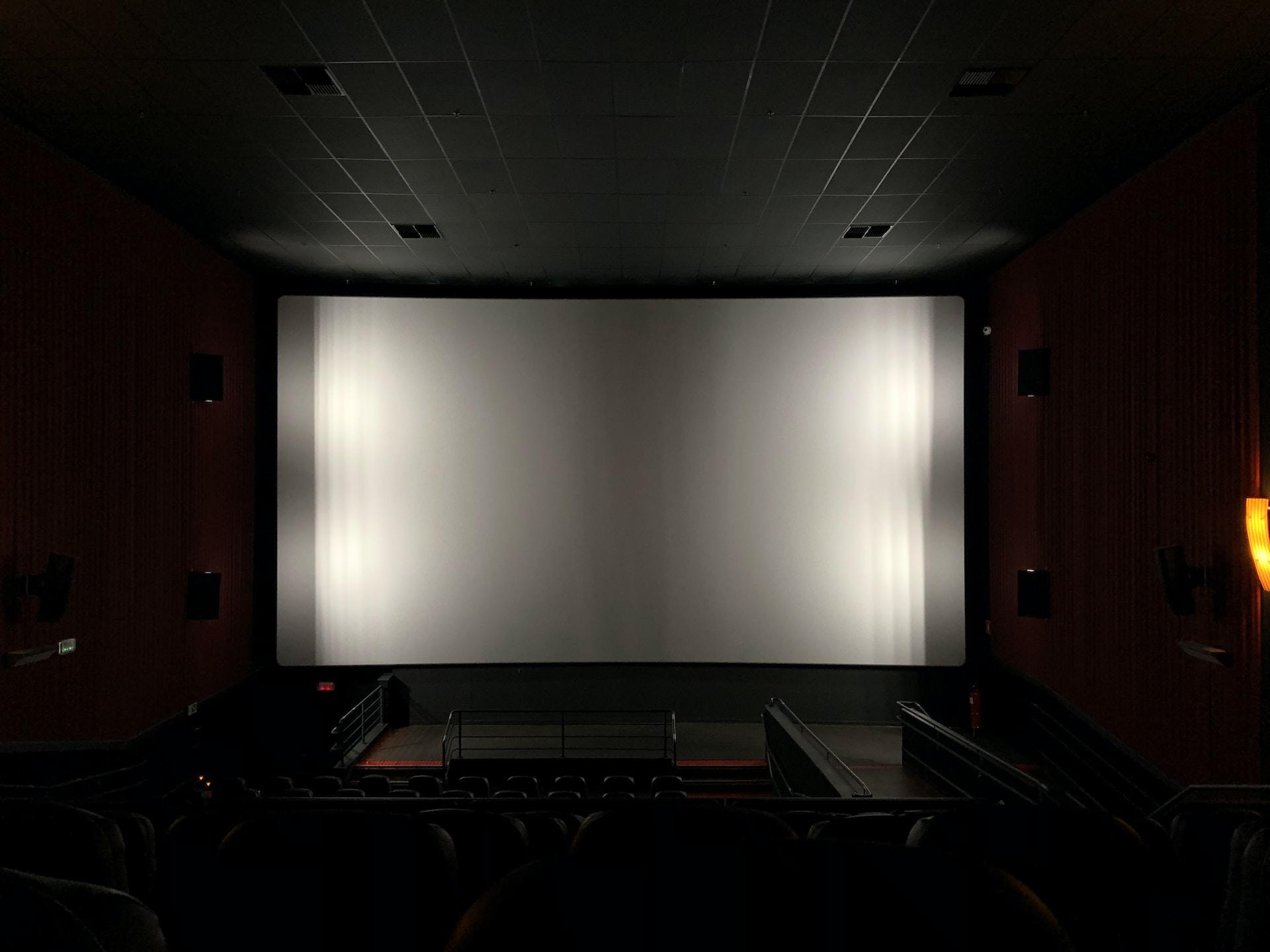
Leave a Reply